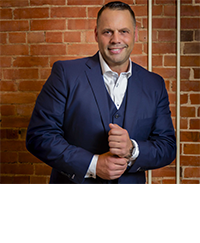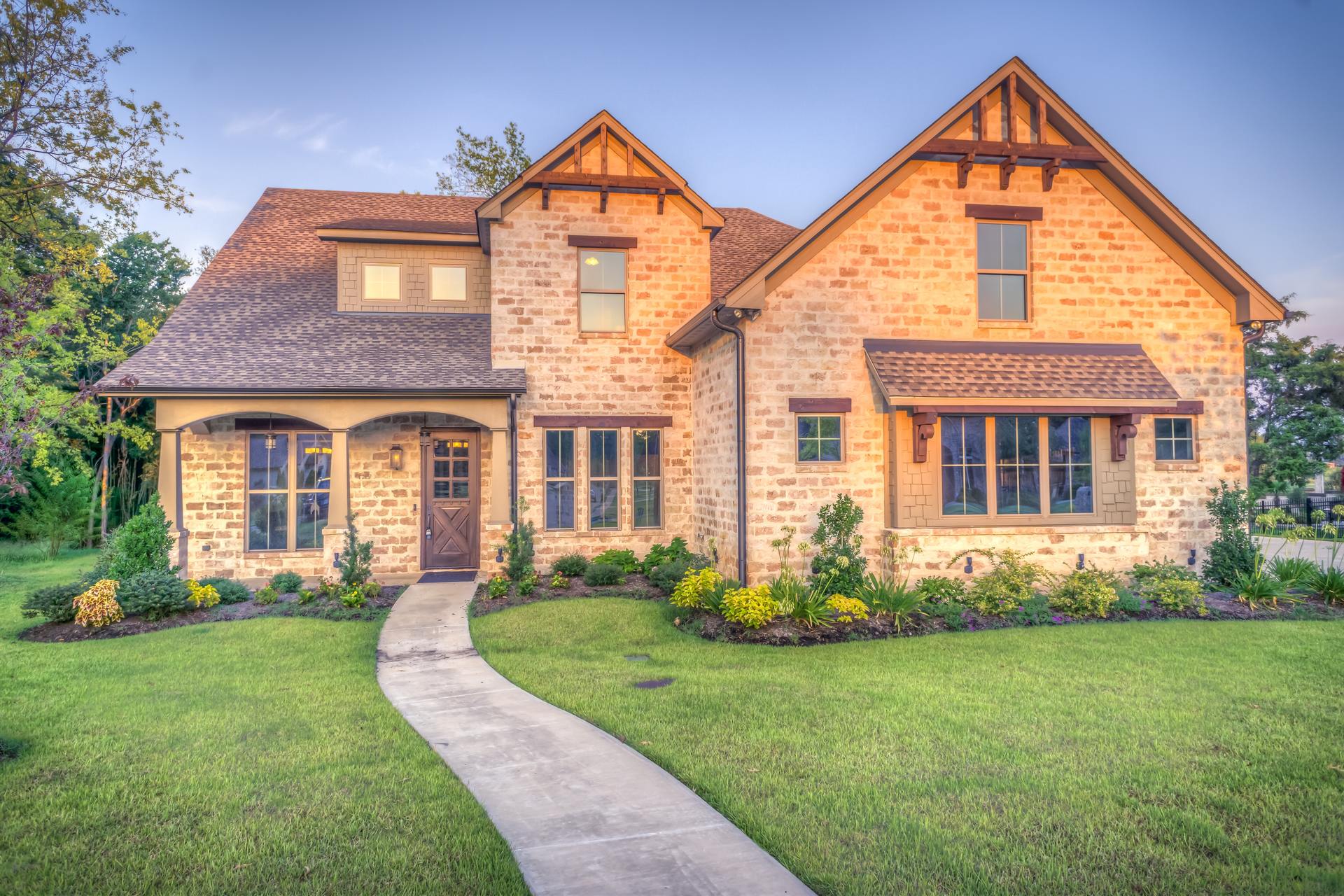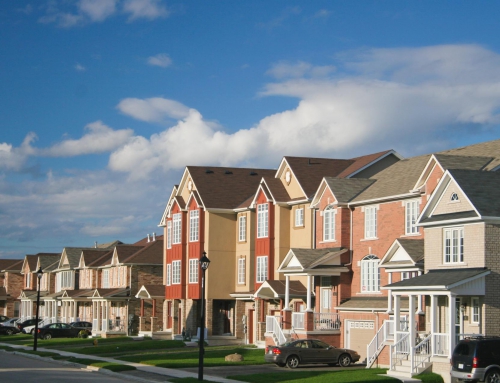This post was originally published on mortgages.com.
For anyone living with a disability, your main concern when you’re searching for a new home is finding somewhere that you can live comfortably. But as a veteran there’s the added stress of wondering what your VA loan will cover and what it won’t.
The good news is that as long as you’re approved for the loan, you can use it to build a home that’s adapted to your needs or buy and improve a home that will fit your needs. When you’re applying for the loan, keep in mind your disability rating will help decrease the total amount you borrow because:
- You’re exempt from paying the VA loan funding fee
- Your disability income counts toward your total income when applying for a loan
As a disabled veteran, you’re also eligible for other grants to help make your home a place where you can live independently.
Specially Adapted Housing (SAH) Grant
This grant helps you build or modify a home to meet your needs. You can also apply it against the mortgage of an adapted home that you bought without using a VA grant.
Eligibility
Anyone entitled to VA disability compensation due to a service-connected disability
- Loss or loss of use of both lower extremities, such as to preclude locomotion without the aid of braces, crutches, canes, or a wheelchair
- Blindness in both eyes, plus loss or loss of use of one lower extremity
- Loss or loss of use of one lower extremity together with residuals of organic disease or injury or the loss or loss of use of an upper extremity, affecting balance or propulsion as to preclude locomotion without the aid of braces, crutches, canes, or a wheelchair
- Loss or loss of use of both upper extremities at or above the elbows
- A severe burn inury
Award
If you qualify for this grant you’re eligible for up to $81,080.
Special Housing Adaption (SHA) grant
Where the SAH grant helps you build or remodel a home, this grant helps you adapt an existing home or buy a home that’s already been adapted. Since this grant doesn’t focus on building or remodeling, the maximum benefit is lower than the SAH grant.
Eligibility
- Blindness in both eyes with 20/200 visual acuity or less in the better eye with the use of a standard correcting lens
- The anatomical loss or loss of use of both hands or extremities below the elbow
- A severe burn injury
Award
If you qualify for this grant you’re eligible for up to $16,217.
Home Improvements and Structural Alterations (HISA) Grant
This grant is specifically designed to help veterans update their bathrooms to accommodate their disability. The nice thing about this grant is that you can use it for both service-connected and non-service connected disabilities.
Eligibility
You have to meet the SAH or SHA eligibility requirements in order to be eligible for this grant.
Award
If you qualify for this grant you’re eligible for up to $6,800 for a service-connected disability and $2,000 for non-service connected disability.
Is it enough?
Well, it depends. Remember, not everyone who applies is going to get the maximum award. How far that money will go will depend on what your individual needs are and how inexpensively you can get your project completed. Fixr.com has broken down some common disability remodeling costs including:
- Bathroom remodel: $18,000
- Permanent wheelchair ramp: $1,500-$3,250
- Kitchen modification: $15,000-$20,000
How to apply
Get your disability benefits approved before you apply for that grant. You can fill out the VA Form 26-4555 and submit it to your local VA Regional Loan Center or you can apply online.
Other options
What happens if your VA loan and other veterans benefits aren’t enough?
Property taxes
Almost every state offers some sort of property tax deduction for disabled veterans. If your budget will allow for it, consider taking the money you would normally spend on taxes and applying it toward a project.
Non-profits
Everyone from the American Red Cross to the AARP has programs designed to help disabled people and their families achieve independence and live more comfortably in their own homes. Finding them might take a little work, so don’t be afraid to network with other veterans, reach out to local non-profits, or check out lists of programs like this one from Home Advisor.
Meeting regulations
It’s incredibly frustrating when your home doesn’t allow you to live an independent life. But before you dive into a construction project, always check with your HOA and get a permit from your town or city before you start a construction project! Trust us, it can save you a lot of headache and unnecessary fines down the road.
What if I don’t own my home?
The Americans with Disabilities Act states that your landlord has to allow you to make reasonable modifications to your home to make it more livable for you. That might mean adding a wheelchair ramp, lowering the entry threshold, or installing grab bars in the bathroom. Your landlord isn’t responsible for paying for the modifications, but you can apply for the SAHG or the SHAG to cover the costs. Be sure you talk to your landlord about any modifications you want to make before you make them and be clear on what your responsibilities are.
If you’re temporarily living in a home that a member of your family owns, you can apply for a Temporary Residence Assistance (TRA) grant to help adapt the home. If you would normally be eligible for a SAH grant your maximum award is $35,593 and if you would be eligible for an SHA grant your maximum award is $6,355.
There are a lot of organizations out there that are willing to support our wounded and disabled veterans. Make sure you’re taking full advantage of what’s available to you so you can live the most comfortable life possible!







Leave A Comment
You must be logged in to post a comment.